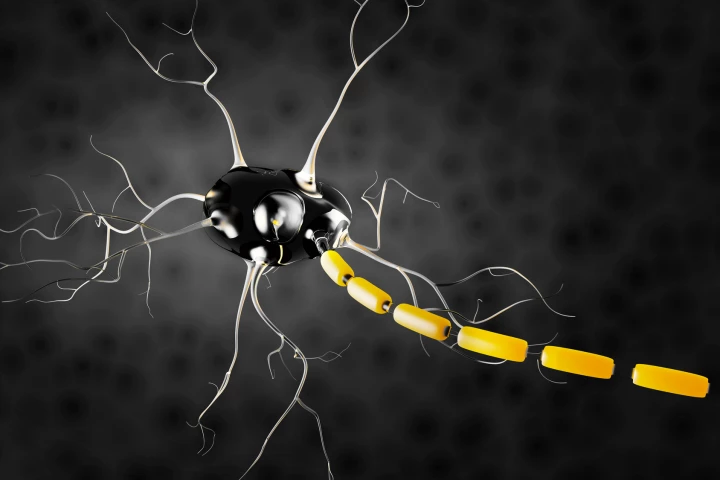Pain Relief
-
A new oral analgesic without the health risks associated with existing pain relievers has been proven safe. According to the drug’s developers, it could revolutionize pain management, especially for those with hard-to-treat conditions like nerve pain.
-
A series of Phase 3 clinical trials into a novel oral, non-opioid painkiller has found that it’s effective in treating acute pain in both surgical and non-surgical settings. The drug's manufacturers plan to seek FDA approval in mid-2024.
-
Most of us have woken up with an aching back after a sleepless night, only for that pain to then keep us awake the next night. Now Harvard scientists have discovered a possible link between pain and poor sleep, and maybe even a way to break the loop.
-
After screening 27 million compounds, researchers have found a small-molecule drug that performed as well as a common painkiller with no side effects in rodent tests. The hope is that the finding could lead to better pain management for humans.
-
Paracetamol and ibuprofen are among the world’s most common painkillers, but manufacturing them requires crude oil. Now, researchers have developed a more sustainable method, creating the drugs out of waste products from the paper industry.
-
Scottish woman Jo Cameron is a medical marvel who feels little pain, fear or anxiety, and had faster wound healing, thanks to a specific gene mutation. Now, scientists have studied why in more detail, in the hopes of unlocking future drug targets.
-
Early preclinical work led by researchers from Harvard has found elements in a toxin produced by the anthrax bacterium can silence activity in pain-signaling brain neurons. The research raises the prospect of a new model for future pain therapeutics.
-
A new consensus statement is calling for the common painkiller acetaminophen (aka paracetamol) to be used cautiously during pregnancy, saying there are potential neurological and reproductive issues in children associated with excessive use of the drug.
-
A new proof-of-concept study suggests CRISPR gene therapy may be a promising alternative to opioids for chronic pain. The preliminary investigation demonstrated lowered pain sensitivity in mice after temporarily repressing activity of a specific gene.
-
New research led by scientists from UT Southwestern suggests a novel combination of three old antibiotics may be repurposed into an alternative to opiates for a particular kind of nerve pain.
-
Spider venom isn’t normally something you want in your body, but there might be exceptions. Australian researchers have identified two peptides from tarantula venom that show promise in blocking organ pain, working particularly well in mice with IBS.
-
New research is presenting evidence that cannabis can significantly reduce the severity of headaches and migraines. But the question remains: why are scientists coming up with such discordant results on whether cannabis can reduce pain?
Load More











